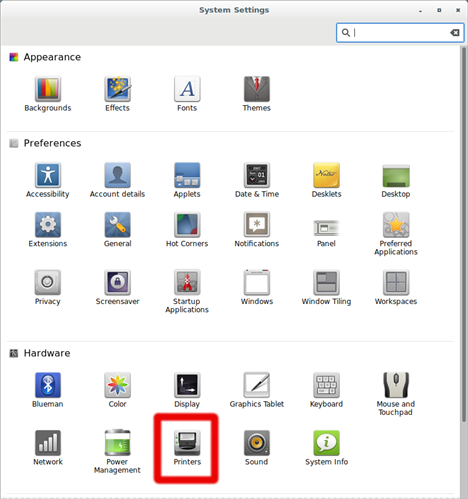Ok, you just installed Debian 9.5 with the Cinnamon Desktop. Now, what you can run a command with sudo it bitches and says your not in the sudoers file. So let's fix that first:
open a root terminal, so and it should look like this:
harrison@whirlwind:#
Now, let's add ourselves to the sudoers file. Please note sudoers is -r--r-- this means it is read-only and we have to change it to -rw----- ok?
harrison@whirlwind:# cd /etc
harrison@whirlwind:# ls -l sudoers
-r--r----- 1 root root 696 Jul 28 22:41 sudoers
harrison@whirlwind:# chmod +w sudoers
harrison@whirlwind:# vi sudoers
Find the part of the file that is labeled "User privilege specification". It should look something like this:
# User privilege specification
root <ALL=(ALL:ALL) ALL
We give a user sudo privileges by copying the line beginning with "root". We then append the user "harrison" on the new line, like this:
# User privilege specification
root ALL=(ALL:ALL) ALL harrison ALL=(ALL) ALL * this was changed Dec 23. 19
We finish the edit with the following commands:
- press the Esc key a few times this puts you into command mode.
- enter wq followed by an enter/return this means Write and then Quit.
- you are now back to the terminal so we have to make the file right so. We have to undo the chmod command. Then enter a control-d to exit su mode.
root@whirlwind:# ls -l sudoers
-rw-r----- 1 root root 696 Jul 28 22:41 sudoers
root@whirlwind:# chmod -w sudoers
root@whirlwind:# vi -l sudoers
-r--r----- 1 root root 696 Jul 28 22:41 sudoers
root@whirlwind: # exit
harrison@whirlwind:~$
Now let us check our work with the following command
root@whirlwind:# ls -l sudoers
-rw-r----- 1 root root 696 Jul 28 22:41 sudoers
root@whirlwind:# chmod -w sudoers
root@whirlwind:# vi -l sudoers
-r--r----- 1 root root 696 Jul 28 22:41 sudoers
root@whirlwind: # exit
harrison@whirlwind:~$ sudo apt-get update
If you see after you put in the password you should see a bunch of output. This is Ok but if it bitches you might have to log-out and then back in.
Now it's time to install your printer interface, which for some reason never made it into the release. So lets put it in now:
harrison@whirlwind:~$ sudo apt-get install system-config-printer
Now check your system menu and click on the wrench and screwdriver icon in the upper-left. You now should see a printer icon in your menu like this ---->>>
Its the icon with the red square around it. There is no red square on your computer! 
The next big thing is to install NFS but that's ground I have traveled before.
When building a Linux system please use a separate physical drive which you install your software into. I never, well almost never have to reload eclipse and other major software that is put into my /home/harrison directory. I have a second physical drive that I have mounted at /mnt/MyData on this drive I have a few top-level directories. I will talk for a minute about both. the first is public (/mnt/MyData/public). This directory has a bunch of directories in it and is shared via NFS. While export (/mnt/MyData/export)1. has directories which one is home. (/mnt/MyData/export/home/harrison)1. So now I have to make this my real home directory.
harrison@whirlwind:~$ su
root@whirlwind:# mv home _home root@whirlwind:# ln -s /mnt/MyData/export/home home
NOTES:
- If you are wondering why I use /export/home/xxx, /export was in the mount point that was exported in Sun Microsystems Solaris, which I used for about 15 or so years. In fact, I also use /export/home/webs/website-name/public_html/ in this way, I can have scripts or other things in /export/home/webs/website-name/private/ for tools you might want to keep off-line so to speak but give you user/customer access to it via a symbolic link from there /home/username directory.
- If you ever ran a production Apache server and did not have a separate volume for /var and only keep your logs there you a subject to easy attack. (just read one small file (love 1px images) over and over, and over, you get the idea you basically run out of space in /var and you crash. (easy fix erase var and start over), but if you use today's Linux thinking then you use one volume and on top of that you get brain-dead and put configuration files there. Moral of my tail is that /var is only for LOGS!
REVISIONS:
Added Notes: 1 & 2 C.A.H. July 30-2018
- easier method -
- make sure that you admin not a standard user
- Add your user id to the sudoer(group) that should be all you have to do. you shouldn't have to edit the sudoers file. fins!



